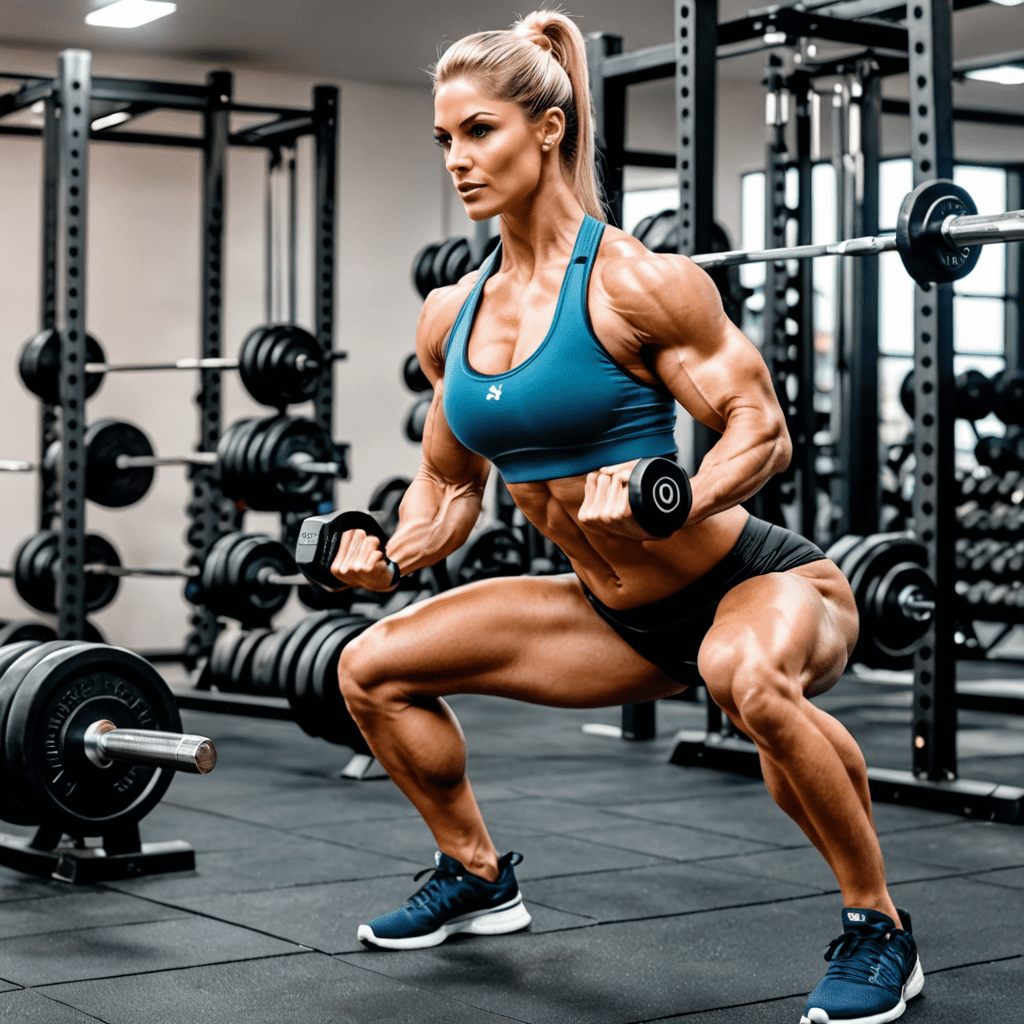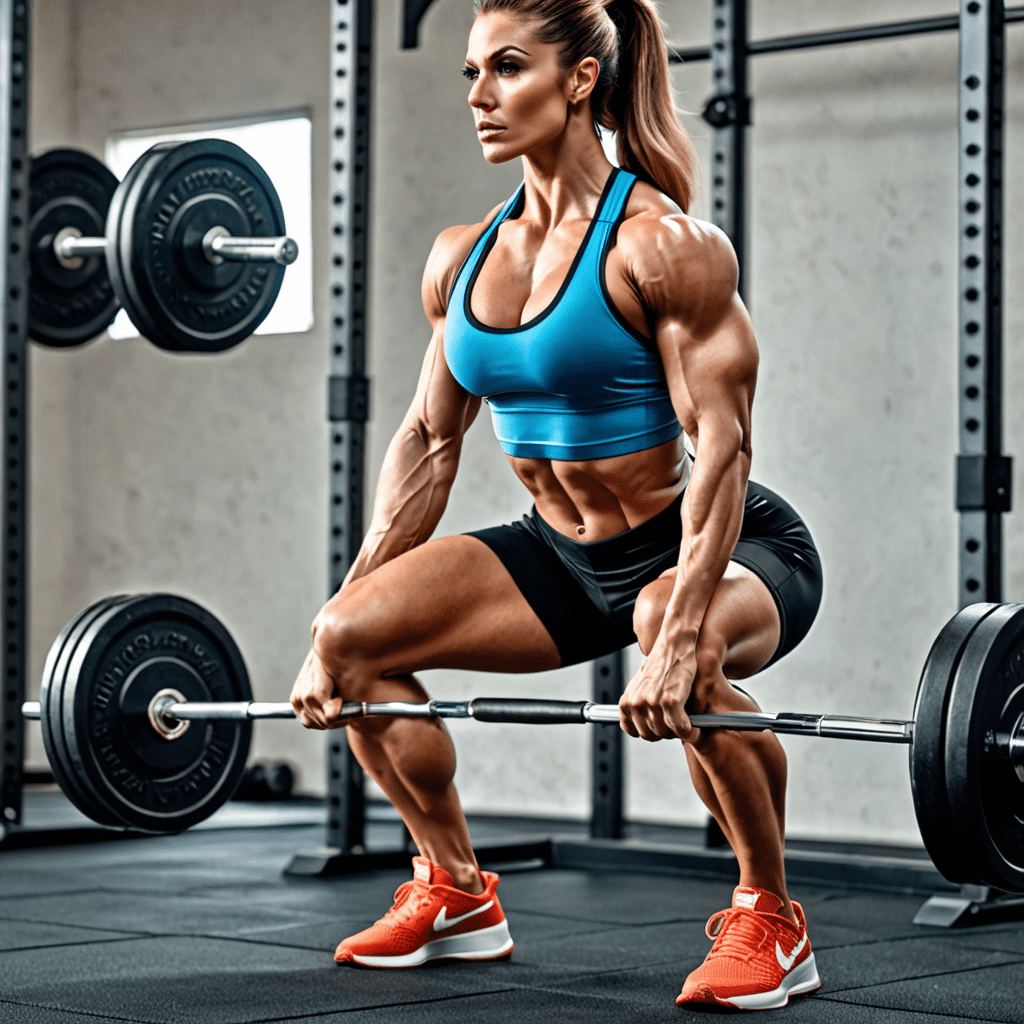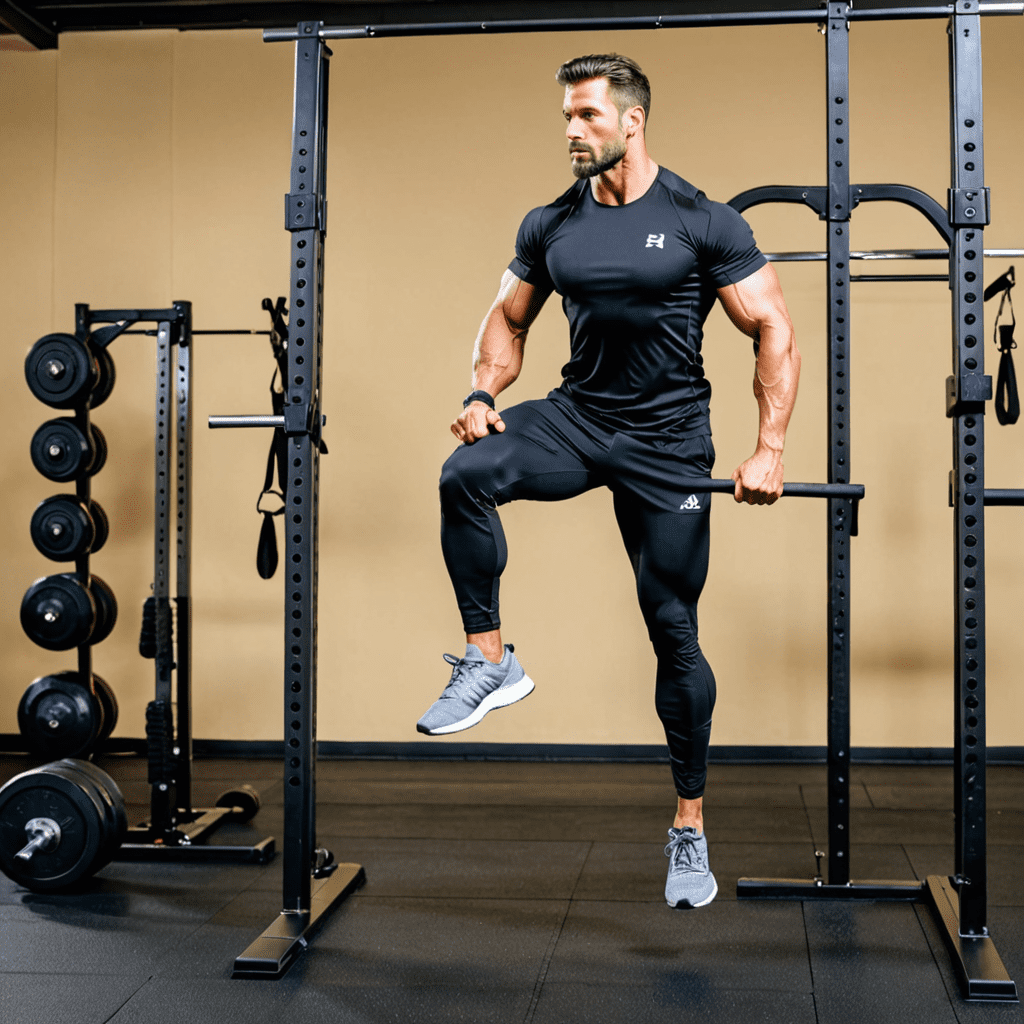
Mastering the Dumbbell Squat: Your Ultimate Guide to Proper Form and Technique
What is the Dumbbell Squat?
The dumbbell squat is a compound exercise that targets the lower body, particularly the quadriceps, hamstrings, and glutes. It involves holding dumbbells in each hand while performing a squatting motion, which helps to add resistance and increase the intensity of the exercise.
Step-by-Step Guide on How to Perform the Dumbbell Squat
To master the dumbbell squat and reap its full benefits, follow these steps:
- Begin by standing with your feet shoulder-width apart and hold a dumbbell in each hand, at your sides, with your palms facing inward.
- Engage your core, keep your chest up, and maintain a neutral spine throughout the exercise.
- Lower your body by bending your knees and hips, as if sitting back into an imaginary chair. Keep your weight on your heels and your knees tracking over your toes.
- Descend until your thighs are parallel to the floor, or as low as your mobility allows. Avoid letting your knees cave inward or extending your knees past your toes.
- Pause for a moment at the bottom of the squat, then exhale and extend your hips and knees to return to the starting position.
- Repeat for the desired number of repetitions.
- Remember to start with lighter weights until you feel comfortable with the exercise, and always consult a fitness professional if you have any concerns or pre-existing injuries.
Tips for Proper Form and Technique
Here are some additional tips to ensure your dumbbell squat form is correct:
- Maintain a straight back throughout the exercise to prevent lower back strain.
- Keep your knees aligned with your toes to avoid unnecessary stress on the knees.
- Lower yourself in a controlled manner, rather than rushing through the movement.
- Breathe in as you lower your body and exhale as you push back up.
- Focus on squeezing your glutes and thighs to activate those muscles during the squat.
- Vary your foot positioning and experiment with wider or narrower stances to target different muscles.
Benefits of Dumbbell Squats
The dumbbell squat offers several benefits:
- Strengthens and tones the lower body muscles, including the quadriceps, hamstrings, and glutes.
- Improves overall lower body strength and stability.
- Increases core activation and stability.
- Can be modified to suit different fitness levels and goals.
- Enhances functional movement patterns and everyday mobility.
Frequently Asked Questions (FAQ)
1. Can I perform dumbbell squats if I have knee issues?
If you have knee issues or pain, it’s important to consult with a medical professional or physiotherapist before attempting dumbbell squats. They can provide guidance on modifications or alternative exercises that won’t aggravate your knees.
2. How heavy should the dumbbells be for a dumbbell squat?
The weight of the dumbbells depends on your individual strength and fitness level. Start with lighter weights and gradually increase as you become more comfortable and confident with the exercise. It’s better to focus on proper form and technique before adding more weight.
3. Can I do dumbbell squats without a fitness professional’s supervision?
If you’re a beginner or new to dumbbell squats, it’s recommended to seek guidance from a fitness professional. They can teach you the correct form and technique, monitor your movements, and offer valuable feedback to prevent injuries.
4. How often should I incorporate dumbbell squats into my workout routine?
The frequency of dumbbell squats depends on your overall fitness goals and the structure of your training program. Generally, it’s recommended to include them in your lower body workout routine 1-3 times per week, with rest days in between for proper recovery.
5. Can dumbbell squats help with weight loss?
Dumbbell squats, along with a well-rounded exercise regimen and a balanced diet, can contribute to weight loss by increasing overall calorie expenditure and stimulating muscle development. However, it’s important to combine them with other exercises and adopt a healthy lifestyle to achieve sustainable weight loss.


